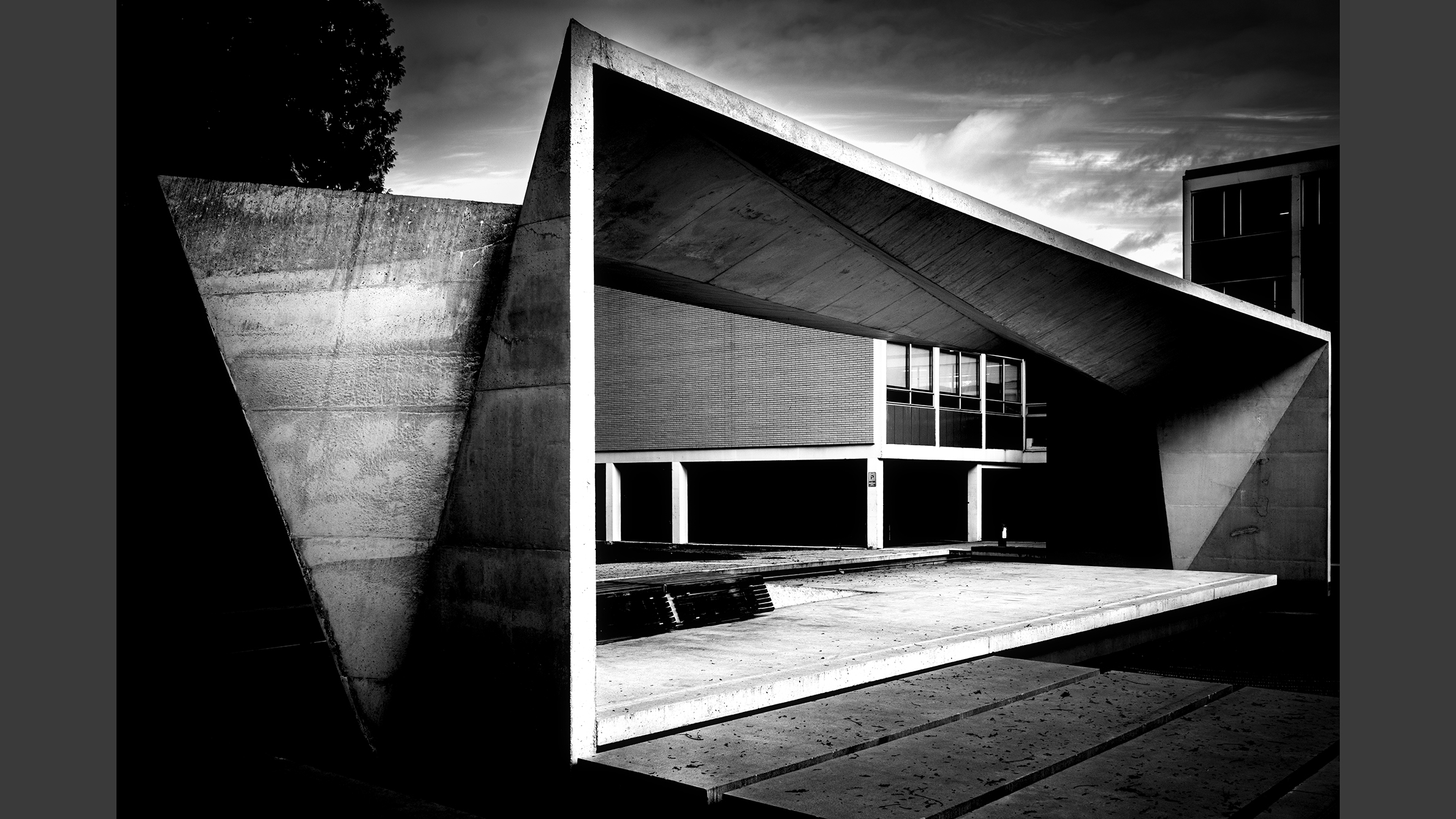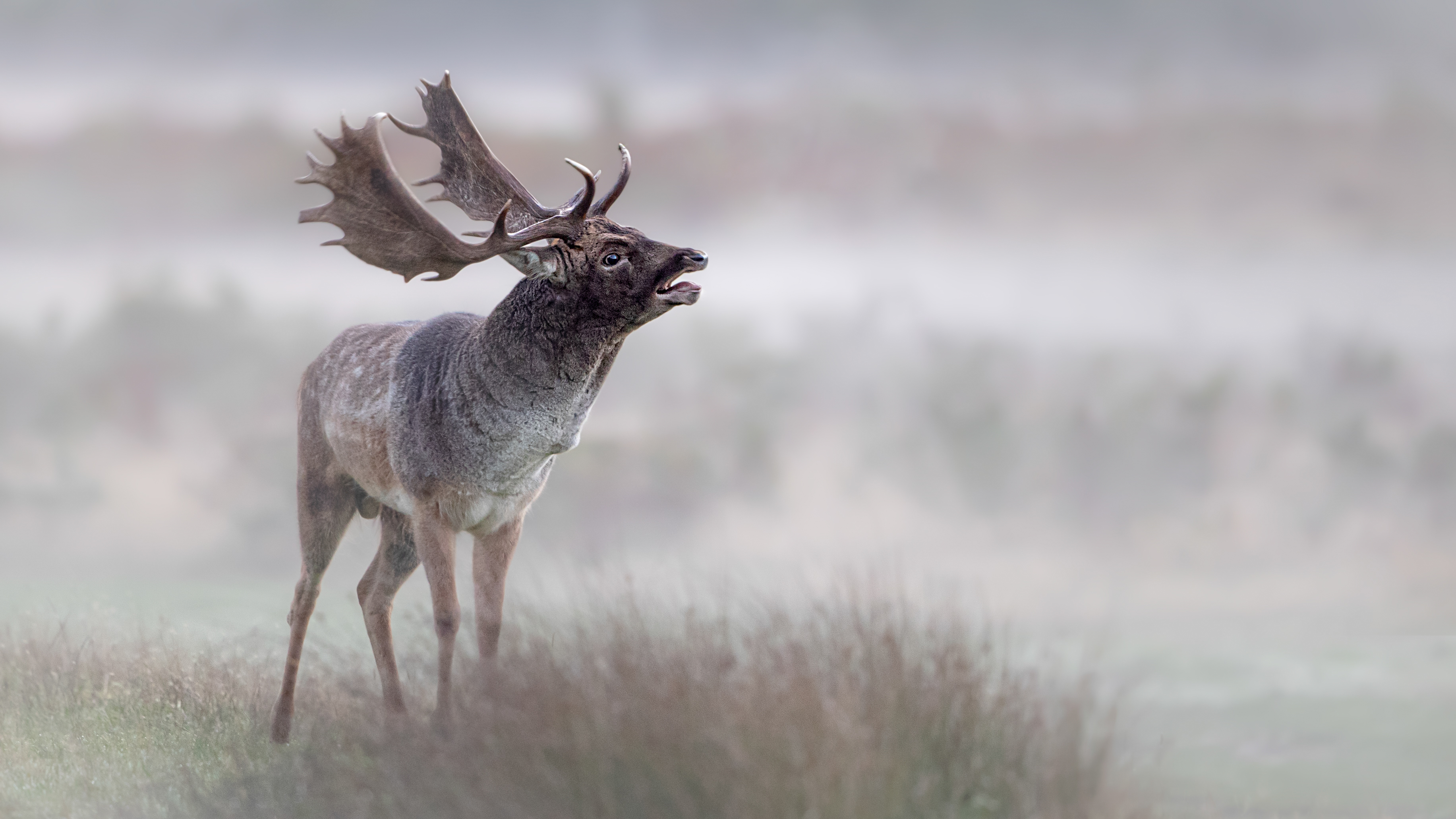
While I enjoy various photographic genres, my passion is all about wildlife. There is nothing quite as exciting or so exhilarating as having a beautiful creature firmly in one's viewfinder.
Since I began shooting, I've always invested in top quality kit. my Canon EF 500mm f/4L prime lens remains a joy, but there is so much more to getting a quality nature image. Stealthy fieldcraft and good reconnaissance play a huge part, as getting close to one's subject is the single most important aspect of getting detail into an image.
Understanding and working with light is also critical. Wild animals are very often more active at either ends of the day, and this can often correspond with the beautiful soft light found at these times.
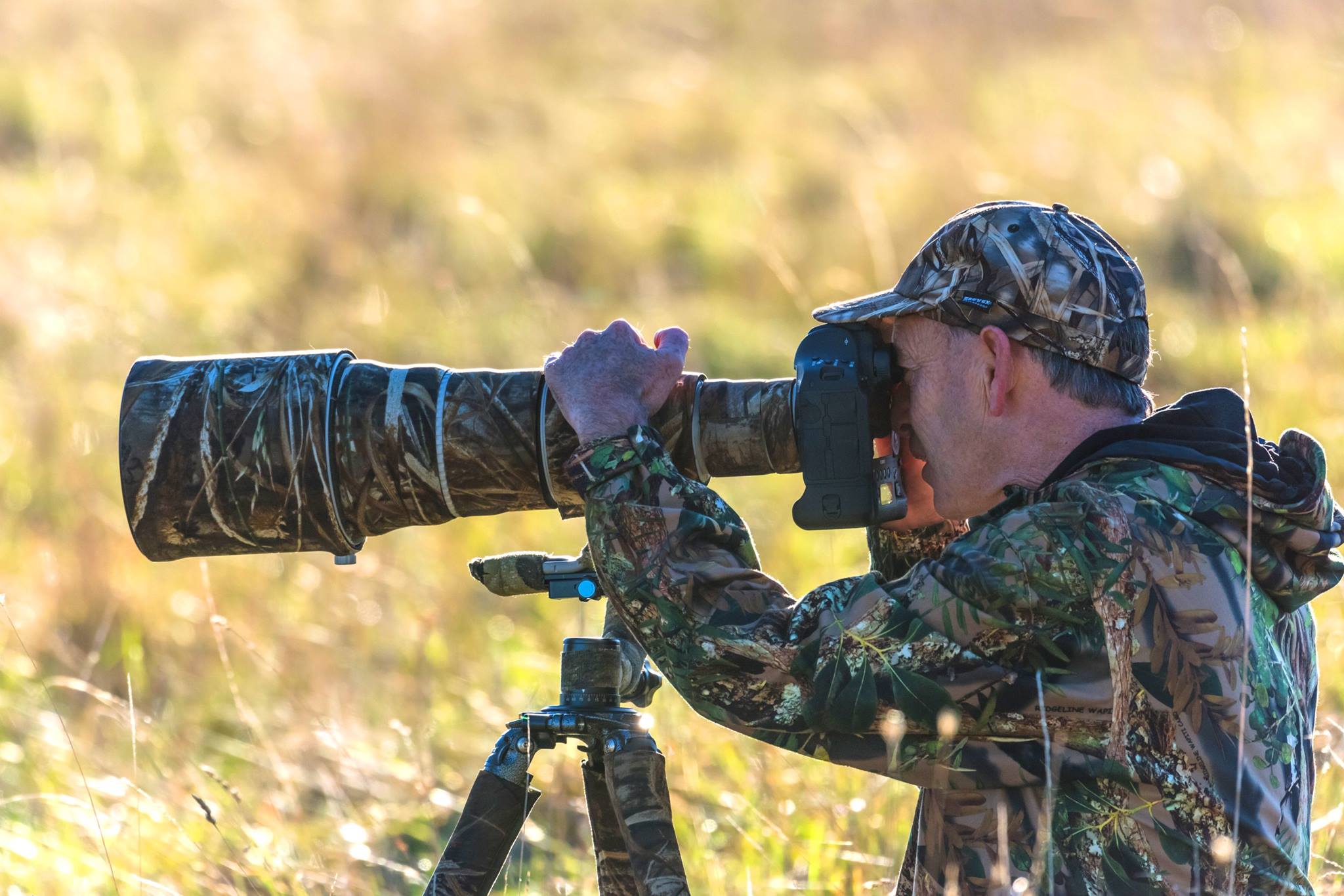
Often many return visits to a site are necessary to obtain that special image I am looking for. Here is where working locally can be a big help, enabling me to get to the specific traits and habits of a particular species.
It has often been said how lucky I am to get my images; well, while we all need a bit of luck for sure, the longer I spend in the field, the luckier I get…
Where possible I love to get eye contact with my subject, which I think gives a more intimate portrait. Other aspects I like to incorporate on my canvas are diffused, uncluttered backgrounds, and a composition with negative space, affording my subject the potential room to fly or run into, and I also prefer using a fairly limited color palette – such as with this image of a hare below.
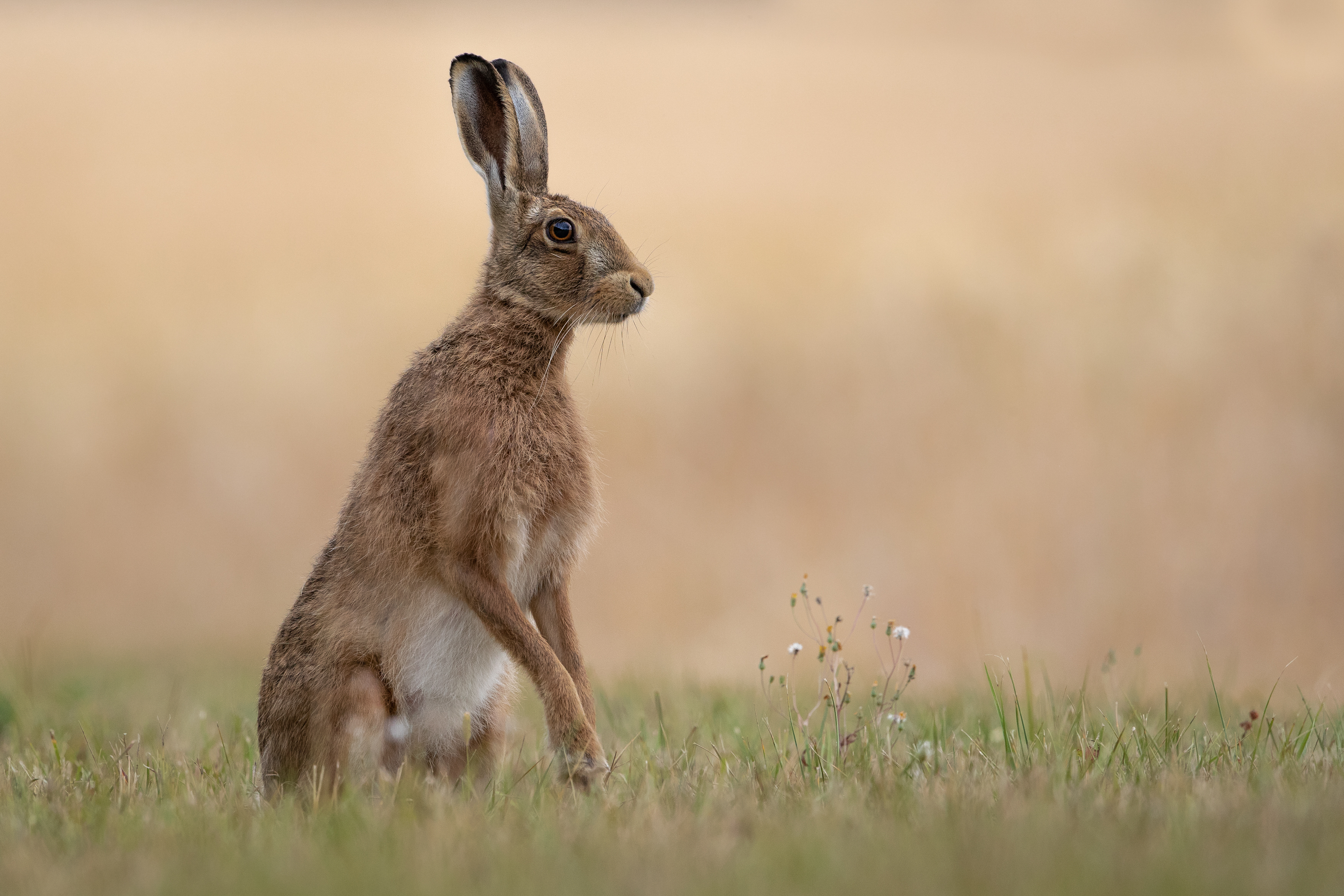
01. Be prepared to play the waiting game
Hares are by far my favorite creatures, and were originally responsible for getting me interested in photographing wildlife. I found the most productive method was to find an area they frequent and lay in wait for them to appear. Trying to stalk them tends to be a thankless task, especially if you're lugging a big tripod.
• Best tripods for photgography
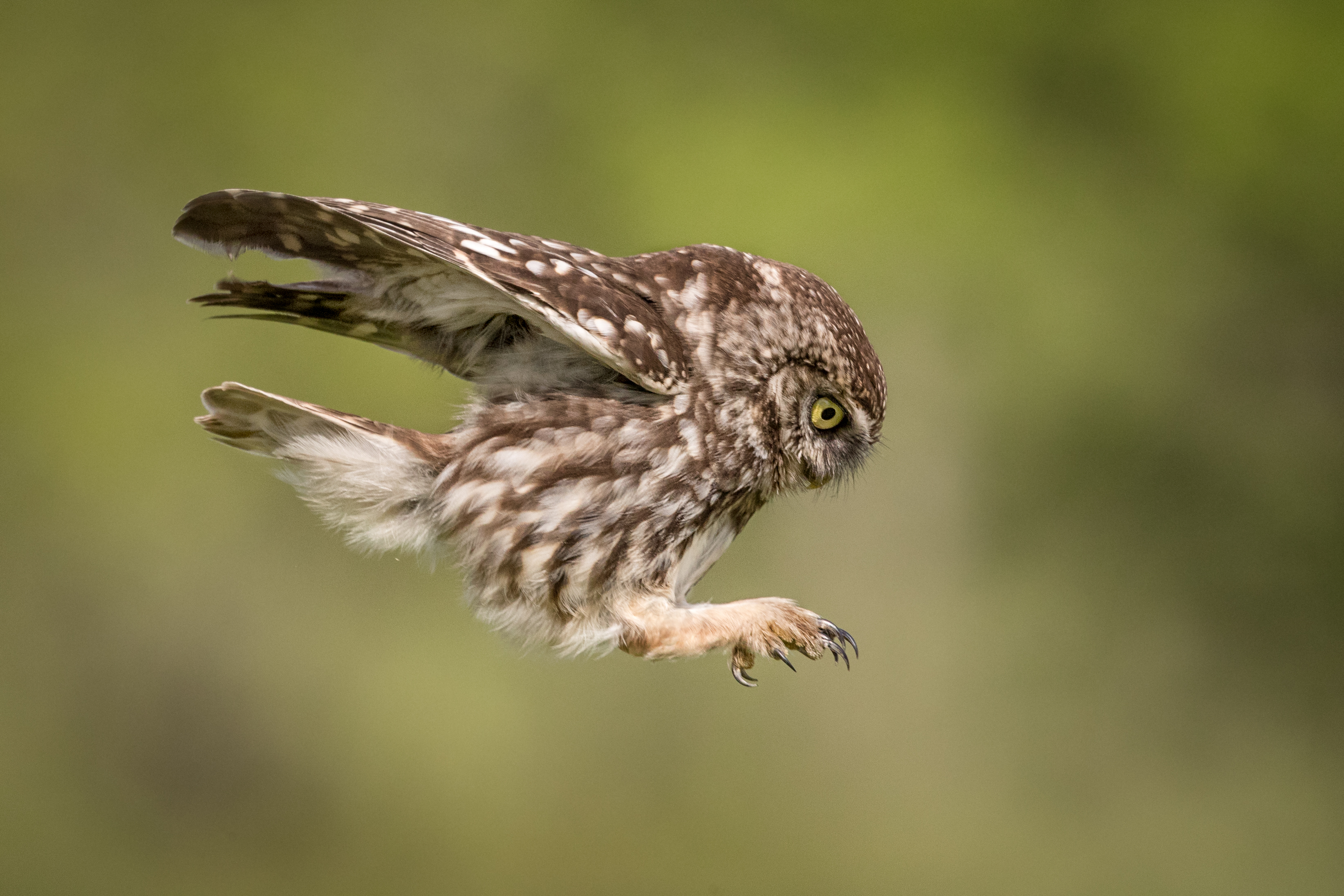
02. Find regular haunts
The best way to photograph owls is by learning where their regular perch points are. This is the little owl breed, and these guys live up to their name and are not only small but very fast. Good light was essential, as I needed a fast 1/2000 shutter speed on my Canon EOS-1D X Mark II to freeze the action.
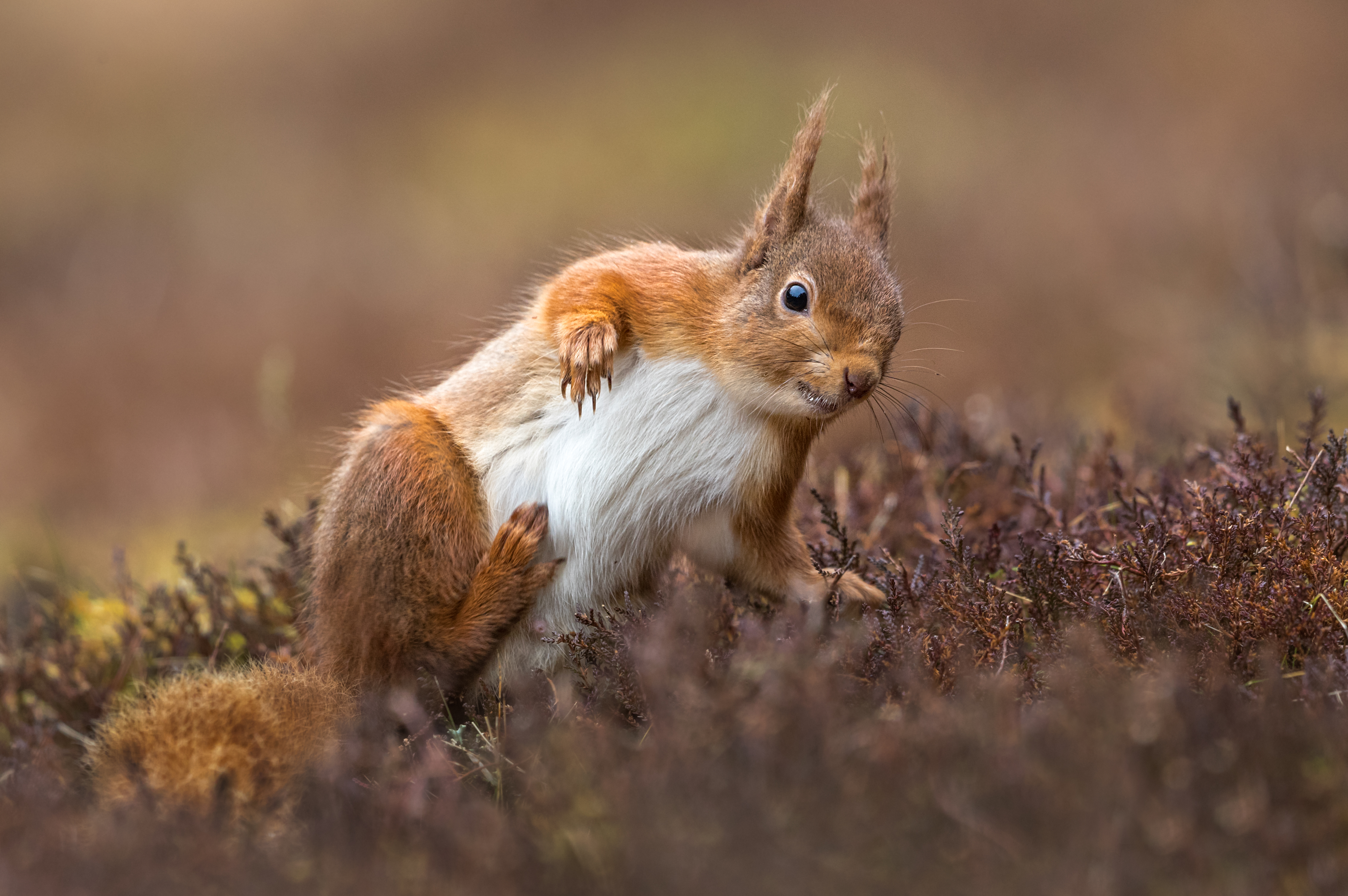
03. Get down low
Here is an example of a low shooting position, which also aids in diffusing the foreground. I needed to employ a relatively fast shutter speed 1/1250 sec and AI Servo continuous focus, as these reds are seldom still. Shooting on small shutter bursts always helps to get the subject in the best pose.
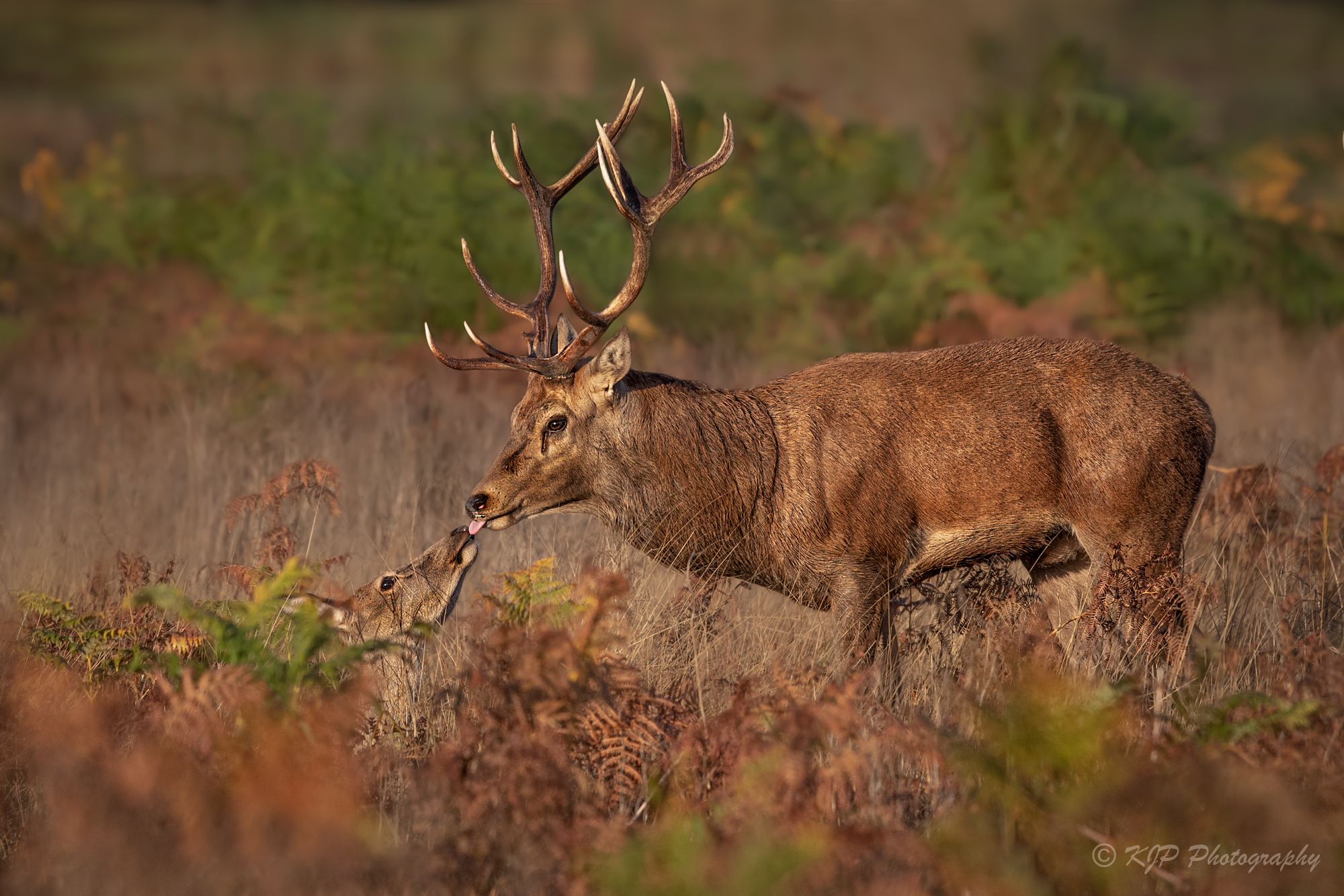
04. Know when to capture the moment
I like the story behind this image. Among the commotion of the rutting season, this image captures a rare tender moment shared between a stag and his hind. The early morning sunlight added some welcome warmth to the scene, too. Given that there were two deer, and I wanted to show some environment, I used an aperture of f/8, giving me a good depth of field.
Read more:
Canon RF 100-500mm f/4.5-7.1L IS USM review
Best 150-600mm lenses
Best camera for wildlife photography
Best lenses for wildlife photography
Get the Digital Camera World Newsletter
The best camera deals, reviews, product advice, and unmissable photography news, direct to your inbox!
Digital Camera World is one of the leading authorities on camera and photography news, reviews, techniques, tutorials, comparisons, deals and industry analysis. The site doesn't just specialize in cameras, but all aspects of photography, videography and imaging – including camera phones, gimbals, lenses, lighting, editing software, filters, tripods, laptops, printers, photo books, desks, binoculars and more.
Whether you're using, looking to buy or trying to get the most out of a compact camera, action camera, camera drone, cinema camera, beginner camera or professional camera, Digital Camera World has a roster of experts with combined experience of over 100 years when it comes to cameras, photography and imaging.

